Manila Cathedral is a postcard-perfect picturesque church. and the spiritual heart of Manila for over five centuries. It is a must-visit place of contemplation and a symbol of the nation’s soul.
The Manila Cathedral is the most recent version of the long-standing Church of Manila. Built from 1954 to 1958 under the supervision of Filipino architect Fernando H. Ocampo, after the previous structure was flattened in the Second World War, it’s a masterpiece of architecture. Every detailed wall carving, door, panel, portal, and even attractive stained glass has its own story.

The cathedral serves both as the Prime Basilica of the Philippines and the highest seat of the archbishop in the country. It’s the final resting place for former prelates who have served the Archdiocese of Manila and was also used as a venue for the requiem mass for former President of the Philippines Corazon Aquino.
Highlights of Manila Cathedral
The main façade of Manila Cathedral is adorned with statues of famous saints sculpted in Roman travertine stone. The main altar is supported by pillars representing St. Catherine Labourne, St. Lawrence of Brindisi, St. Pius V, and St. Leo IX. The tabernacle of the main altar represents Mary in the act of receiving the body of Jesus from the hands of St. John and the altar communion rail consists of fine rosette orange, cream, and white marble.
To the left side of the main altar is the Episcopal Throne, which is the seat of the Archbishop of the Archdiocese of Manila. It’s made of the richest marble from Carrara, Italy. The crypt, located below the main altar, shelters the mortal remains of past archbishops of Manila.
There are 134 stained-glass windows throughout the whole structure. The central door is also remarkable, with important episodes in the history of Manila Cathedral artistically reflected on it. The church’s Neo-Romanesque artistic look makes it a favorite venue for weddings and other Catholic celebrations. It also attracts visitors, who can buy religious souvenirs from the ground belfry.
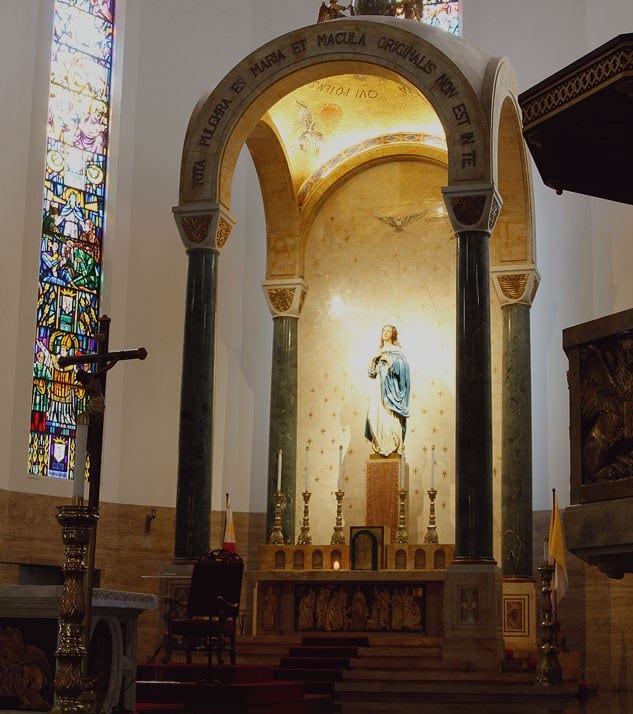
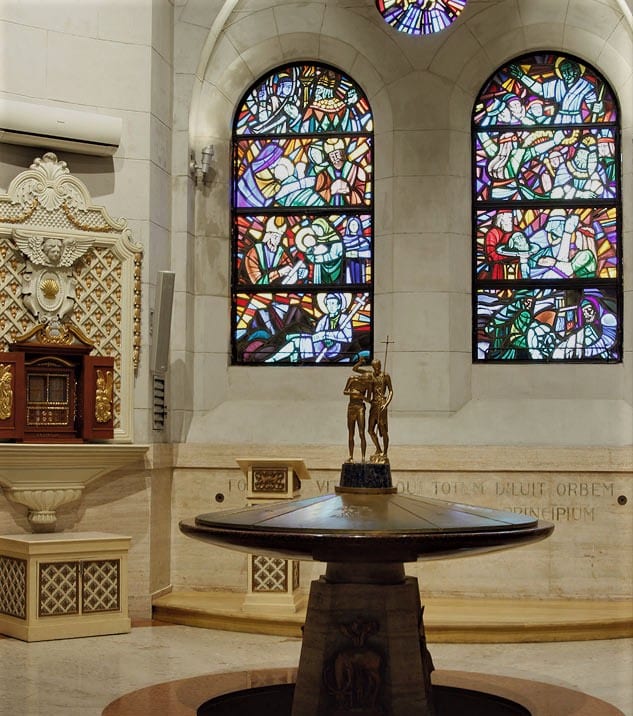
Manila Cathedral Earthquake History
The cycle of rebuilding and destruction by the earthquake would repeat over the next couple of centuries. While each new version of the Manila cathedral always seemed to come crumbling down, another would also invariably be rebuilt and redesigned to fit the architectural trend of the day. The 1614 cathedral upgraded the original design to have naves, chapels, and altars. The 1751 version was inspired by the incredibly ornate Baroque structures of Italy.
Meanwhile, the 1858 rebuilding of the cathedral employed Neoclassical features that emphasized symmetry and domed roofs. Over the centuries, the cathedral’s constant rising from the rubble would echo the various revolutions that shaped the nation, making it an apt symbol of Filipino survival and adaptation.
When yet another earthquake shook the city at the turn of the 20th century, the cathedral was partially destroyed, losing its bell tower for many years. However, it wasn’t until 1945, when it was mercilessly bombarded during World War II, that the church was practically turned to dust. What remained of its famous façade was the stained-glass rose window atop the main entrance and the three receding arches where the front doors stood.
In fact, most of the clergy wanted to let go of the historic location and move the cathedral to Mandaluyong. But Archbishop Rufino Santos put up a fight. Not a lot of people agreed with him but the “cathedral ruins were left to stand in place, still untouched by the bulldozers that leveled off most of the ruins of Intramuros.”
The CRYPT
The word “crypt” is derived from the Greek kryptos, which means “hidden.” At the Manila Cathedral, the crypt is located below the main altar. It shelters the mortal remains of Michael J. O’Doherty, Gabriel M. Reyes, and Rufino J. Cardinal Santos, past Archbishops of Manila. Rendering peaceful solemnity and quiet grace to the crypt is the mosaic of Marcello Avenali. The three-subject mosaic depicts the Lord’s agony on His way to Calvary, the meeting of Mary and Jesus on the way to Golgotha, and the Crucifixion. The crypt has been dedicated to Our Lady of Sorrows, and the mosaic aptly complements the crypt in theme.
Pipe Organs
The Manila Cathedral-Basilica Pipe Organ was built in 1958 by the Dutch organ-building company Pels & Zoon and was erected by Mr. Jose Loinaz of Manila and P. Andriessen of Holland. It has four manuals and pedals — 61 straight stops, 9 pedal expansions, and 16 couplers, and is made up of more than 5000 pipes. It is the largest pipe organ in the Philippines and the largest church organ in this part of the world.
The 1958 inaugural concert was led by the world-famous Belgian organist Flor Peeters, while among the organists who have actively played on the pipe organ thereafter are John Van de Steen CICM, Alfredo Santos Buenaventura, Amador Hernandez, and Atty. Jose Flores Jr. (titular organist of the Manila Cathedral Organ from 1979-1989). Several concerts were also held in the 60s and 70s, featuring foreign organists like Odile Pierre of France. Re-leathering of the pipe organ was done in 1979, and the addition of the fourth manual was completed in 1989 by Javincello and Co., Inc.
The absence of a competent organist in the 1990s led to the fast deterioration of the pipe organ until the pipe organ could only be played with limited stops, the controls to which can only be activated using the pre-set stops. One cannot draw each stop individually, which made it impossible to tune. In the end, only two manuals were somehow working, with a lot of missing notes.
In the late part of the year 2004, a contract was signed with the Diego Cera Organbuilders, Inc. of Las Piñas for the general overhaul of the Cathedral organ, through the initiative of then-Cathedral rector Monsignor Nestor Cerbo. Disassembling the pipe organ was started in January 2005, and by March, all windchests, bellows, and the console were brought to the shop of the Las Piñas firm for their complete overhaul work. A new note-switching system was also installed in the console, in compliance with the latest organ-building methods.
After two years of rehabilitation, the Manila Cathedral was once again graced by the wondrous music of its pipe organ. The blessing of the pipe organ was held on December 1, 2006, presided by His Excellency, the Most Rev. Broderick Pabillo, D.D. To show the true purpose of the pipe organ in the liturgy, the first Manila Cathedral-Basilica Pipe Organ Festival was held from December 1 to 10, 2006, featuring Belgian organist Luc Ponet and Filipino organists Jose Flores Jr. and Armando Salazar.
Renovation of The Cathedral
- Rehabilitation of chilled water piping insulation (supply and return).
- Repair and repiping of comfort rooms inside and outside the Cathedral.
- Repiping and relocation of main water line outside the Cathedral office.
- Plumbing works in the janitors’ room.
- Relocation of floor drain and installation of piping drain of aircon units.
- A/C ductworks for Unit No. 1 and No. 2.
- Reinstallation of AHU 1 and 2 at the roof deck.
- Renovation of ground floor office, involving carpentry, masonry, painting, wood parquet works, and hauling of debris and waste materials.
- Electrical works on emergency lights, alarm bell, Internet, telephone, convenience outlet, and door switch.
- Transfer of electrical wire, exhaust fan, wall fan, and PBX cable.
- Installation and rewiring of aqua blue rope lights to the metal cross.
- Repair of the generator room.
- Installation of steel gate at the Cathedral side; widening of east wing ramp.
- Construction of storage compartments.
- Installation of the Papal Coat of Arms at the façade and at the
- Dome area of the Cathedral.
- Installation of iron stairs for the videographers and photographers.
- Renovation and water-proofing of inside concrete gutter.
- Installation of two steel doors and two window grilles at the janitors’ room.
- Installation of Hi-bay lights and organ spotlights at the choir loft.
- Installation of the church’s welcome signages.
- Rehabilitation of the tower bells and giant clocks.
- Repair and renovation of the bell installation, including fabrication of three new clock counterweights and installation of new counterweight cables.
- Installation of new rope lights and painting of big metal frame.
- Plastering of damaged beam and widening of railings and enclosure of hand railings of the bell tower/belfry.
- Re-landscaping of the Cathedral Gardens.
- Construction of the dome of Our Lady of the Immaculate Conception at the Cathedral Gardens.
- Installation of lights and backlights for the dome of the Blessed
- Virgin Mary at the Garden.
- Improvement of the Episcopal Throne.
Schedule of Masses
- Mondays to Fridays – 7:30 AM and 12:10 PM
- Saturdays – 7:30 AM ONLY
- Sundays – 8:00 AM, 10:00 AM, and 6:00 PM
Office Hours
- Tuesdays to Saturdays – 8:00 AM to 4:30 PM
- Sundays – 8:00 AM to 11:30 AM
- Closed on Mondays and Holidays
Closest stations to Manila Cathedral
Location: Beaterio St, Cabildo St, Intramuros, Manila, Philippines
Phone: +63 (0)2 527 3093
- Andres Soriano Jr Ave / General Luna, Manila is 172 meters away, 4 min walk.
- Andres Soriano Jr Ave / Muralla Intersection, Manila is 274 meters away, 5 min walk.
- Bonifacio Dr, Manila is 339 meters away, 5 min walk.
- Bonifacio Drive, Manila is 476 meters away, 7 min walk.
- Railroad Dr / 13th St Intersection, Manila is 491 meters away, 7 min walk.
- Padre Burgos St / Anda Intersection, Manila is 595 meters away, 9 min walk.
- Juan Luna / Muelle Dela Industria Intersection, Manila is 1067 meters away, 15 min walk.
- Central Terminal Lrt is 1218 meters away, 17 min walk.
- Prensa / Muelle Dela Industria Intersection, Manila is 1394 meters away, 19 min walk.
- Recto Lrt is 2215 meters away, 29 min walk.
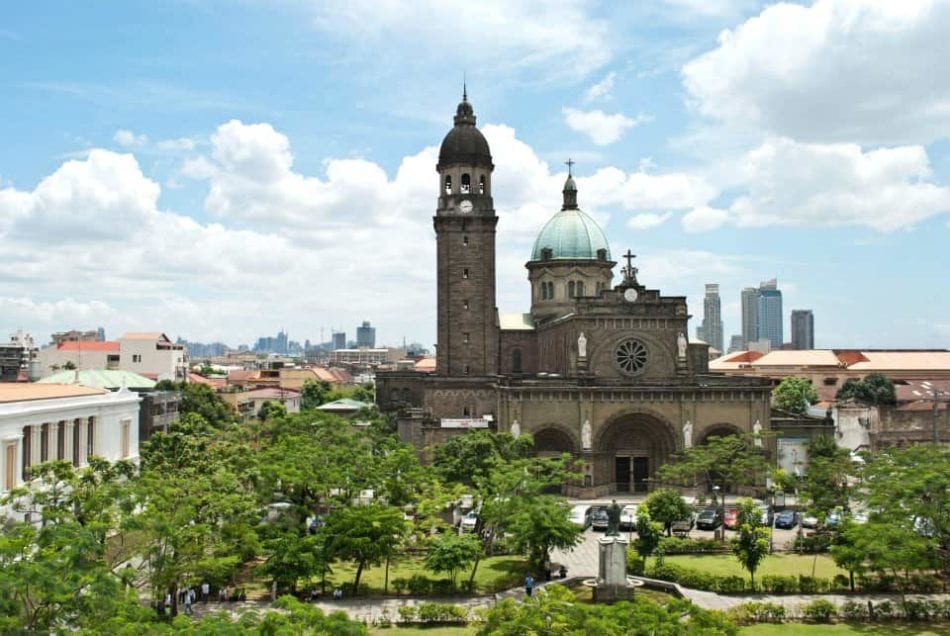
How to Get to Manila Cathedral by jeepney
Route #1: From Trinoma and SM City North Edsa, ride a jeepney with a sign in front that read “Pier”. Ask the driver to drop you off at Manila Cathedral. All jeepneys plying the route of Project 6 – Pier South pass by Manila Cathedral.
Route #2: From Retiro in Quezon City. This road is now known as N.S. Amoranto Sr Avenue. Ride a jeepney with a sign in front that read “Pier”. Ask the driver to drop you off at Manila Cathedral. All jeepneys plying the route of Retiro – Pier South pass by Manila Cathedral.
Route #3: From Pasig ride a Quiapo-bound jeepney and then ride another jeepney with a sign that reads “Pier”. Ask the driver to drop you off at Manila Cathedral.
Route #4: From Marikina, ride a jeepney going to Divisoria and get off at Recto corner Avenida and ride another jeepney with a sign that reads “Pier”. Ask the driver to drop you off in front of Manila Cathedral.
How to get to Manila Cathedral from LRT or MRT
Route #1
- LRT-1 from north stations namely Roosevelt, Balintawak, Monumento, and other stations. Get off at Carriedo Station then ride a jeepney in front of Santa Cruz Church bound to Pier and get off in front of Manila Cathedral. you can get to Santa Cruz Church by walking to the west side of Carriedo Street between Plaza Fair and Philtrust Bank, then turn right on the next corner. The church is up ahead. Make sure the jeepney you’re going to ride bear a sign that reads “Pier”.
Route #2
- LRT-1 from the South Terminal of Baclaran and all other stations from there. Get off at Carriedo Station then ride a jeepney in front of Santa Cruz Church bound to Pier and get off in front of Manila Cathedral. you can get to Santa Cruz Church by walking to the west side of Carriedo Street between Plaza Fair and Philtrust Bank, then turn right on the next corner. The church is up ahead. Make sure the jeepney you’re going to ride bear a sign that reads “Pier”.
Route #3
- LRT-2 Stations, all stations. From your station get off at Recto then walk your way to the LRT-1 Station. Follow the signs inside the terminal. LRT-2 and LRT-1 are interconnected so you will not get lost. Take LRT-1 southbound or Baclaran bound. Get off at Carriedo Station then ride a jeepney in front of Santa Cruz Church bound to Pier and get off in front of Manila Cathedral. you can get to Santa Cruz Church by walking to the west side of Carriedo Street between Plaza Fair and Philtrust Bank, then turn right on the next corner. The church is up ahead. Make sure the jeepney you’re going to ride bear a sign that reads “Pier”.
Route #4
- MRT-3, all Stations. From your station, get off at Taft Station then take another train ride Northbound or Monumento bound on LRT-1. LRT and MRT are interconnected. Get off at Carriedo Station then ride a jeepney in front of Santa Cruz Church bound to Pier and get off in front of Manila Cathedral. you can get to Santa Cruz Church by walking to the west side of Carriedo Street between Plaza Fair and Philtrust Bank, then turn right on the next corner. The church is up ahead. Make sure the jeepney you’re going to ride bear a sign that reads “Pier”.

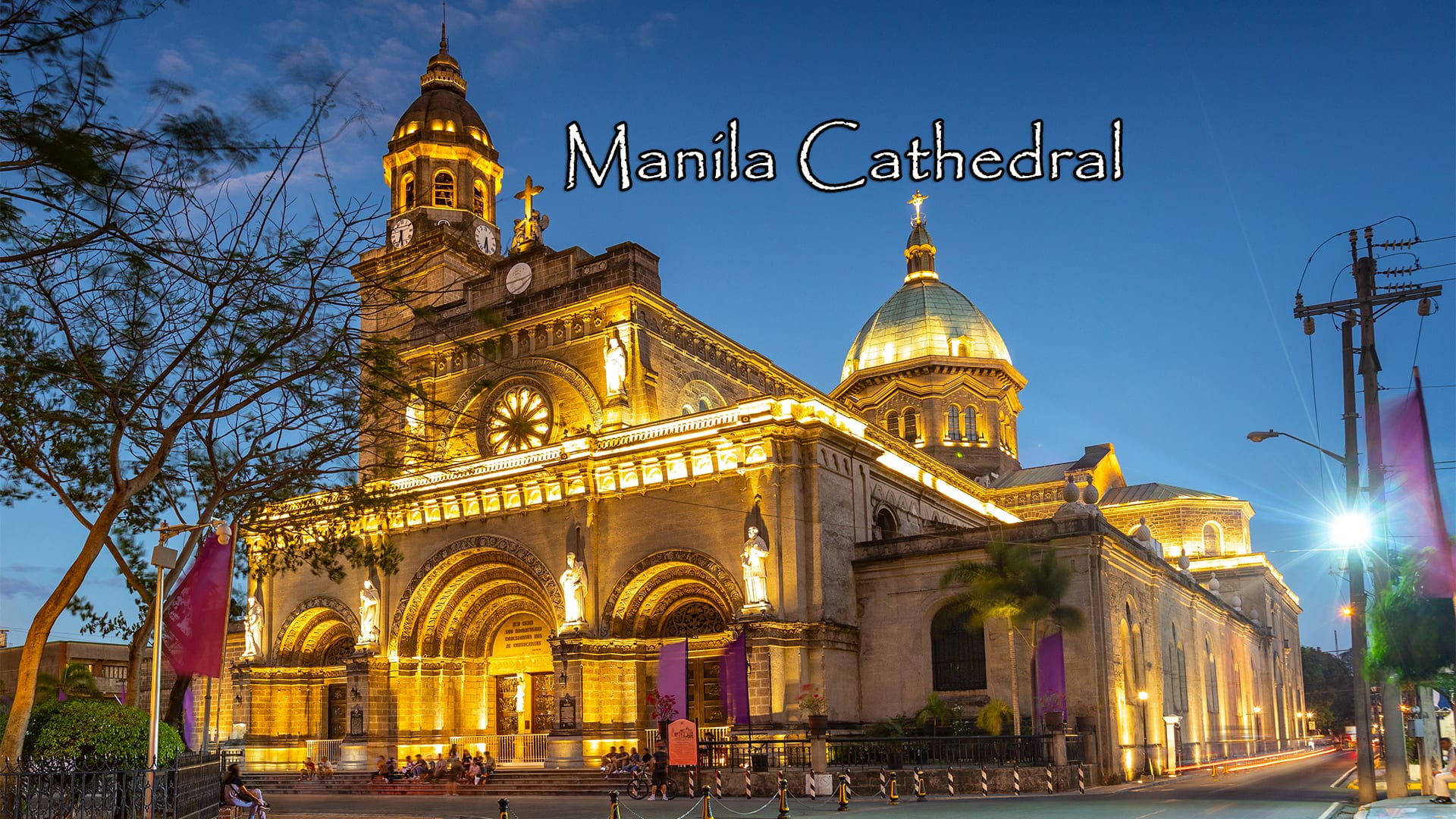
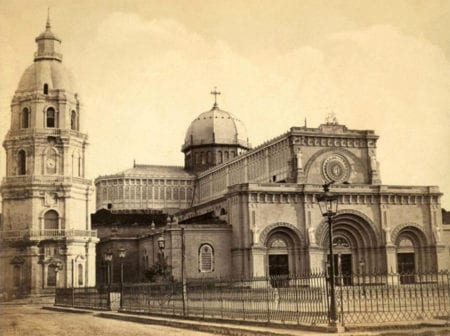
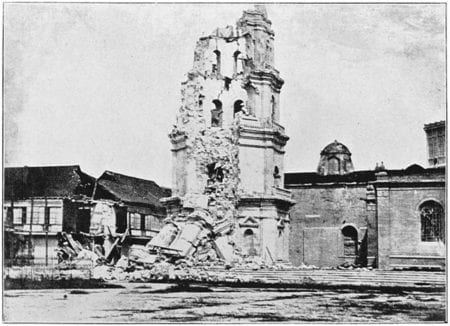
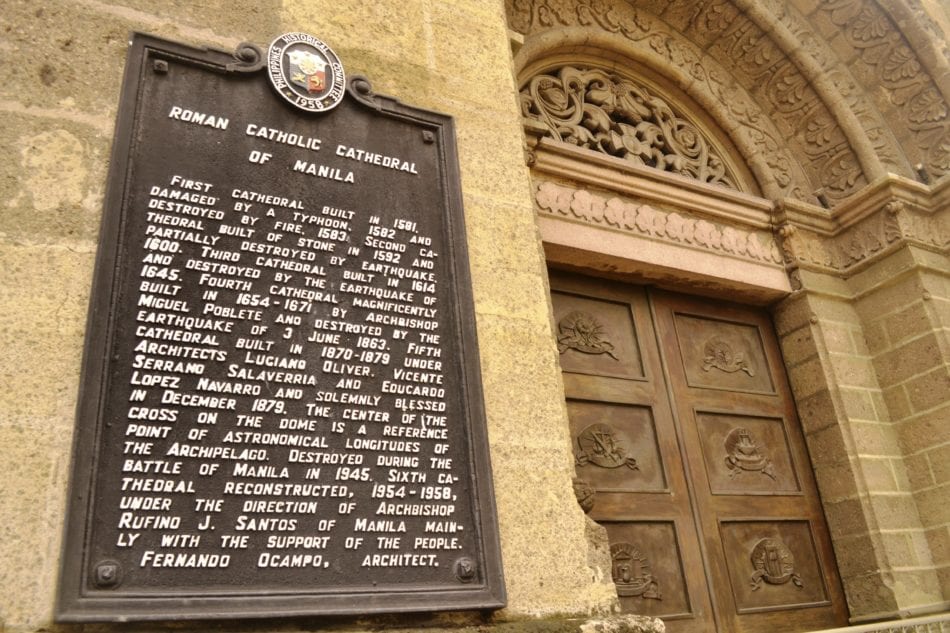
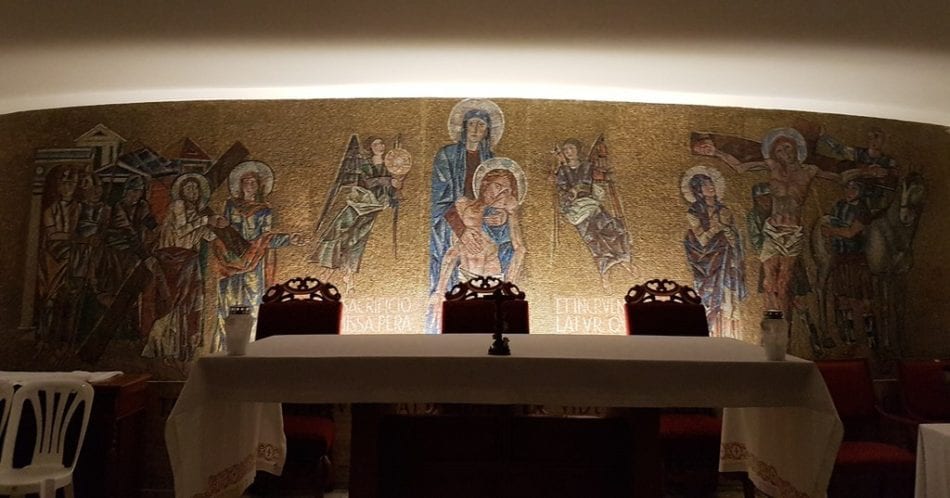
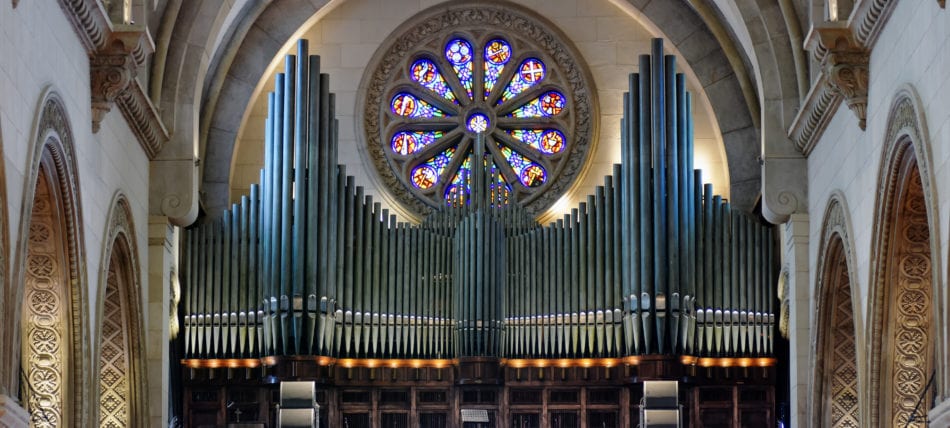


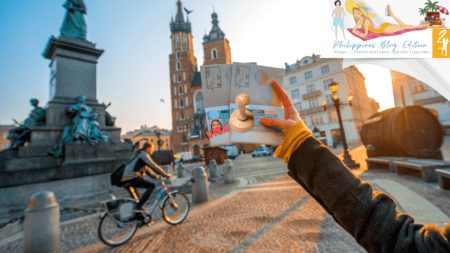

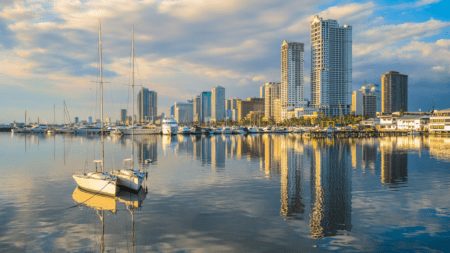
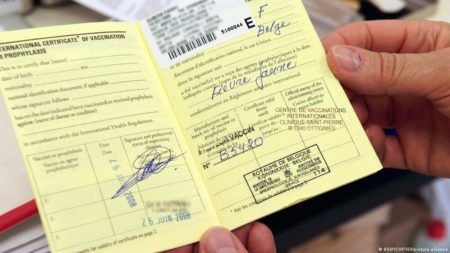

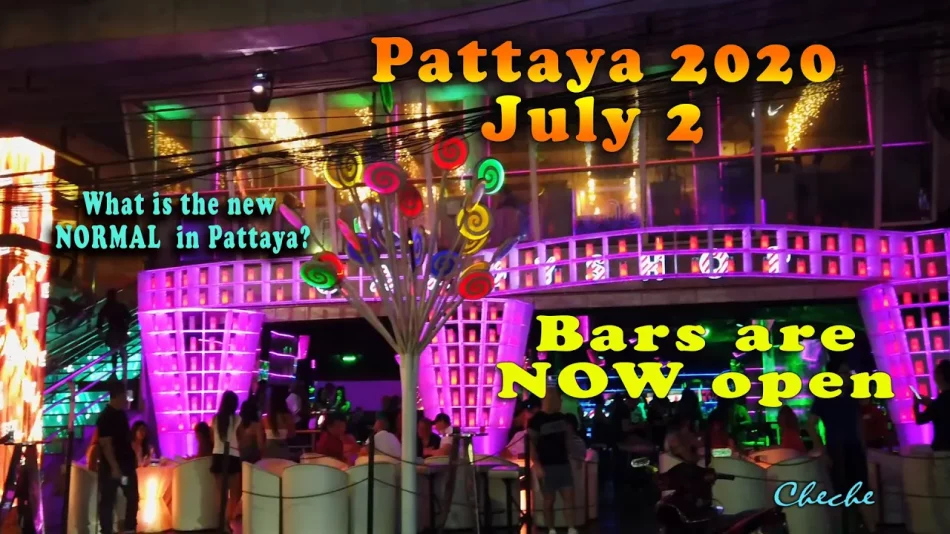


Thank you for your sharing. I am worried that I lack creative ideas. It is your article that makes me full of hope. Thank you. But, I have a question, can you help me? https://accounts.binance.com/lv/register-person?ref=FIHEGIZ8